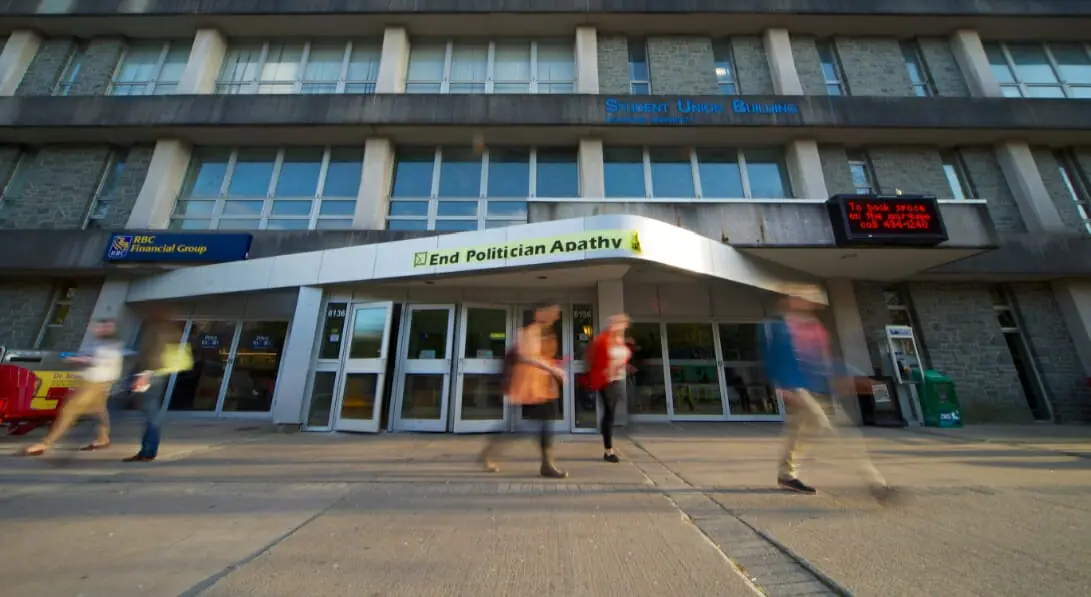
Dalhousie’s student retention rates hover in the mid-eighties, according to Maclean’s. On a national scale, we are mediocre. But when the upper extreme is less than ten percentage points away, you could say we aren’t faring badly—that dropouts are common and understandable. While it is difficult to feel urgent about a common problem among post-secondary institutions, we should examine why an eighth of Dal students call it quits prior to obtaining a degree.
In 2010, Maclean’s wrote an article on the inflation of high school grades and how many top students suffer huge blows to their confidence when their university marks are much lower, causing some to drop out or fail. The article implores students to brace themselves for the grade drop and to understand it is not a reflection of their inadequacy. This is an important factor, but is also, in my opinion, an incredibly impoverished view of student life.
Personally, I am only invigorated by a fraction of the courses I take, and these are usually not core programme courses. There is something to be said for the skill of powering through bland, necessary tasks, but the prospect of paying for the privilege of tedium for years stinks. It might be fine if degrees still meant jobs, but the rising levels of graduate applications, dismal economic forecasts, and mounting average household debt moulds education into an exercise in risk analysis rather than a pursuit of passion and aptitude.
Boldly, I hazard to suggest some causes peripheral to what Maclean’s called ‘grade shock.’ Maybe I’m odd, but I find that interacting with Dal’s university administration can be frustrating and belittling experience. It seems to me that there is a growing disparity between the students and their school, which is unaffected by school spirit or friendly staff. To people like me, whose intelligence is emotional and environmental, these cold and confusing relationships with the curators of our education can be downright dispiriting. I’m not asking the administration to take sensitivity courses or start giving out free hugs (we all know they’re not cheap), but something must be done to bridge the gap between the students and the mechanics of their institution.
I feel our current model of education is not keeping pace with student life. Increasing numbers of students have to work part-time on top of a full course load, and I’ve seen this break one of my friends with fatigue as she tried to deal with life’s curveballs as well. The sheer time commitment of slogging through enough material to keep passing grades allows for little exercise and recreation, even without financial concerns. There is no balance to student life, as it rockets to weekend highs of stress relief only to hammer us with the inundation of endless reading and studying that most students simply do not perform for lack of time and energy. This is a cycle of illness.
Moving forward, Dal could turn some heads by leapfrogging ahead in the retention rates category. We have a new president who has made initiatives to hear students, and it is up to us to speak. We must make this place inspiring and nurturing by loosening strictures on degree programmes. The markets are flooded with degrees, and it is time to inspire students to seek their passion and provide the opportunity to furnish themselves with the skills they require to build their dreams.
Frankly, students need hope. Retention rates are one among many categories of student wellness that would improve if we focus on building confidence in individual ability.

Recent Comments